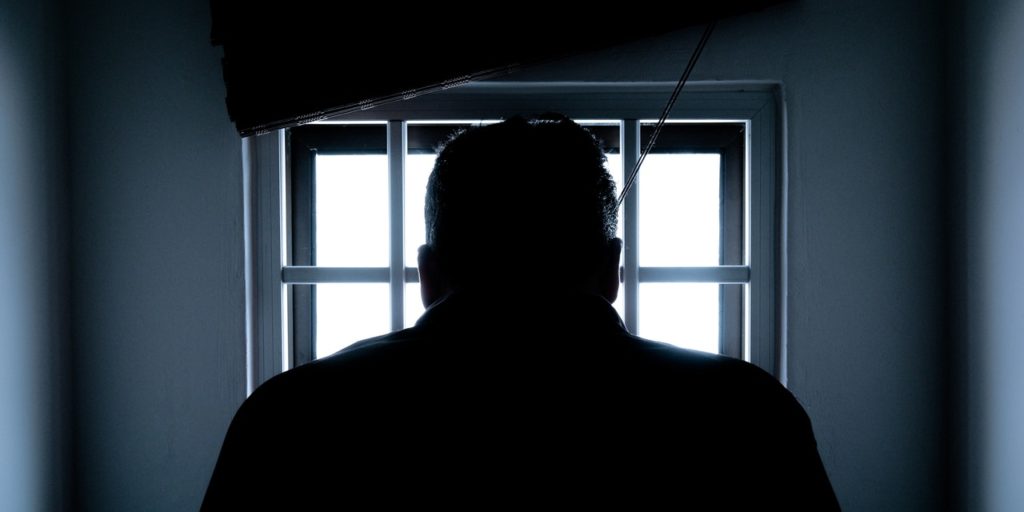- The difference between a divorce and an annulment - April 15, 2024
- Hidden costs to be aware of when buying a house - April 3, 2024
- The rules about legally transporting a firearm in Canada - April 1, 2024
By LegalMatters Staff • Some high-profile incidents where people released on bail were accused of committing crimes have prompted the federal government to propose reforms to the country’s bail system.
Those events include the fatal shooting of an OPP constable who was investigating a car in a ditch late last year. The driver was out on bail and banned from possessing a firearm.
Incidents such as these grab the media’s attention but they do not reflect what typically happens when people are released on bail, formally known as judicial release. In most cases, the accused abide by the conditions set down by the court and attend trial as expected.
“But when a crime is committed by those on bail, the media tends to sensationalize the event,” says Ottawa criminal lawyer Céline Dostaler.
She says that Bill C-48 would amend the Criminal Code so offenders charged with violent crimes involving a weapon and who have similar past convictions would be less likely to be released on bail.
“That would be done by implementing a ‘reverse onus’ provision,” says Dostaler. “That same provision would also be used for some intimate partner violence offences. Reverse onus shifts the burden to the accused to show they are not a danger.”
While the rights of victims are important, so are the rights of the accused, she says.
“The right to bail is fundamental, especially since those accused of a crime are still considered to be innocent until proven guilty,” says Dostaler.
In 2015, the Supreme Court of Canada noted that “in Canadian law, the release of accused persons is the cardinal rule and detention, the exception.”
Two years later, the court ruled that “save for exceptions, an unconditional release on an undertaking is the default position when granting release … release is favoured at the earliest reasonable opportunity and on the least onerous grounds.”
Dostaler says undesirable outcomes can occur when people are denied bail. She gives the examples of a repeat offender who is arrested and held in custody.
“They may then be told if they plead guilty, they can be released in 30 days. To avoid spending months in custody they may agree to that plea, even if they did not commit the crime,” Dostaler says. “How does that serve justice?”

